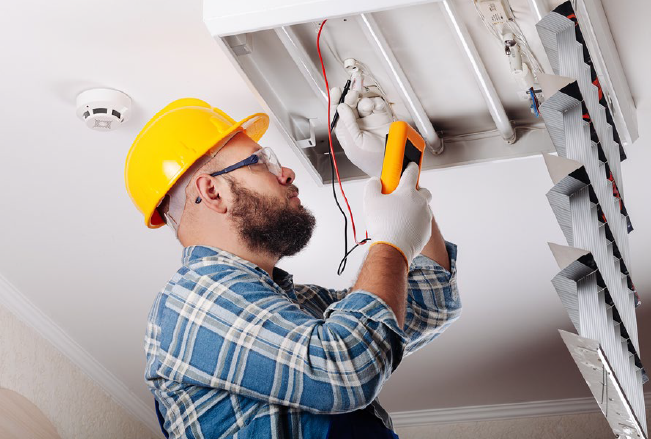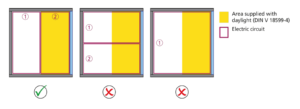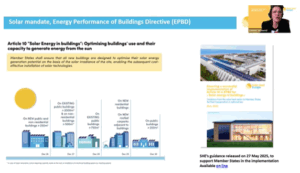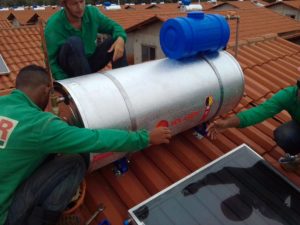Making the right decisions for lighting retrofit – now!
January 25, 2024
It is the time of the lighting retrofit in Europe. Since September 2023 all fluorescent lighting – tubes and bulbs – have been banned from sale in the European Union. One of the main questions is whether “transitional solutions” in the form of LED replacement tubes or bulbs make sense or whether it would be better to switch to more efficient LED lights right away. Answers to these and many other key questions are provided by the new LED Guideline, which has just been published by the Low-Carbon, High-Comfort Integrated Lighting research group of the IEA SHC Solar Heating and Cooling Programme. The guideline has 12 chapters on 40 pages and is created in a clear PowerPoint design. You can find the guideline for download here.
Photo: Billion Photos / Shutterstock
“In the guideline, we looked at very different aspects of lighting retrofitting. We describe the alternative LED light sources and their savings potential, but we also look at the daylight aspects, which greatly reduce the need for artificial lighting”, explained Jan de Boer from the Fraunhofer Institute of Building Physics (IBP), Germany, the responsible editor of the guideline.
The drafting of the document was supported by around 40 participants of Task 70 on Low Carbon, High Comfort Integrated Lighting. The group of research and industry representatives from 18 countries have joined forces globally to work on life cycle analysis for electric lighting, to analyse visual comfort and discomfort for users, look at digitalized lighting solutions and collect experiences from case studies over the next 3.5 years until June 2026.

Selection of different designs of LED replacement lamps. Source: Fraunhofer IBP
Practitioners can easily orientate themselves in the guideline, as each chapter is headed with a clear question, which is then answered compactly on a few pages with many tabular overviews and illustrations. Some of these questions are:
- What is the state of the art in LED technology?
- LED vs. old systems: What are the “low-hanging fruits”?
- What is the potential of light management?
- Efficiency and cost-effectiveness: “Return on investment in volatile times”

Exemplary distribution of electric lighting circuits in a situation with a vertical façade, to enable reasonable daylight-dependent control. Graphic: Fraunhofer IBP
“With appropriate architecture and facade design, we can significantly cut down lighting’s energy demands and carbon emissions”, said de Boer, emphasizing one of the most important tips from the guidelines.
The appendix of the guideline also includes an aid to estimating the scope for investment in the renewal of lighting systems. An example is given of an open-plan office where the current lighting system results in 20 W/m2 with fluorescent T8 lamps, and assumes an operating time of 2,000 hours. After replacing the luminaires, the specific lighting power drops to 7 W/m2 – achieving an efficiency increase factor of 3. A net present value comparison results in an investment leeway of around 160 EUR/m2, while usual investments for the re-equipping of open-plan offices with LED luminaires are in the range of 40 to 50 EUR/m2. “The measure would therefore make economic sense,” summarizes the author team of the guideline.
Websites of organizations mentioned in this news article:
IEA SHC Programme: https://www.iea-shc.org/
IEA SHC Task 70: https://task70.iea-shc.org/
Fraunhofer Institute of Building Physics: https://www.ibp.fraunhofer.de/en.html


